Setup Your Gen 2 DiY Edition
Congratulations on your AutoPi Device, DiY Edition! We're sure that you have some great plans on how to use the device to your liking, but of course, first, you need to set it up. This is a guide that shows the steps that need to be taken to get the device in running condition.
This guide is for Gen 2 DiY boards. For Gen 3 (TMU) DiY boards, take a look at this guide.
Connecting the Raspberry Pi
Here is a small guide on connecting a RPi Zero to you AutoPi.
-
Get your Raspberry Pi Zero and the 40-pin header that came with your AutoPi:
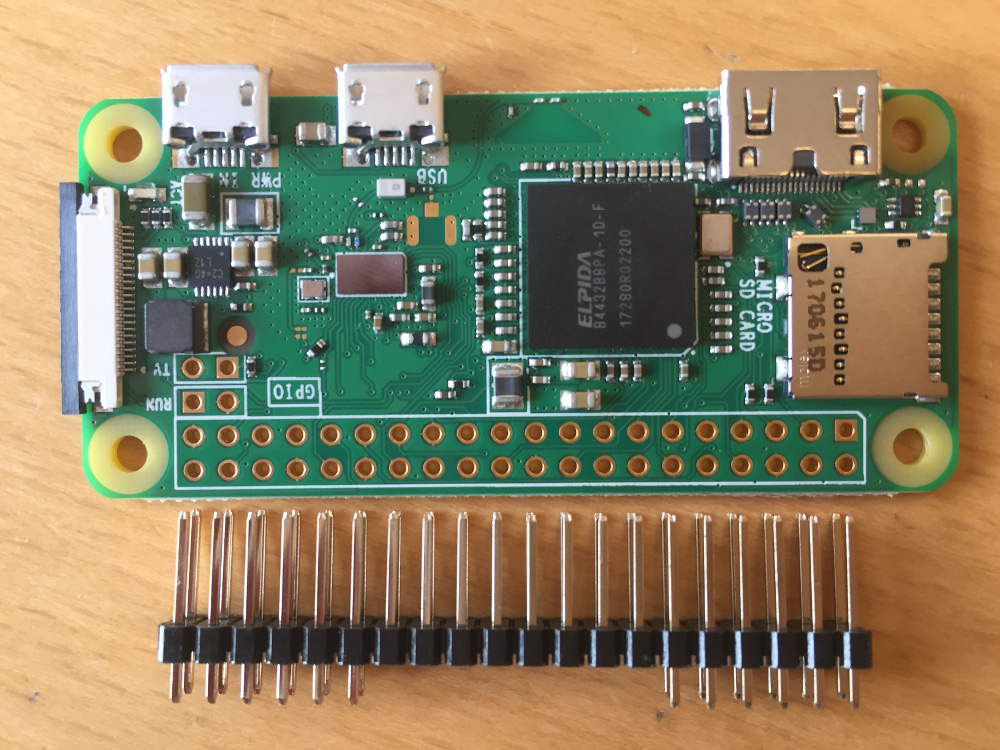
-
Solder the pin header to the Raspberry Pi:

-
Connect the flat micro-USB cable that came with your AutoPi. One end needs to be connected to the vertical USB connector on the AutoPi board and the other end needs to be connected to the USB out on the Raspberry Pi:
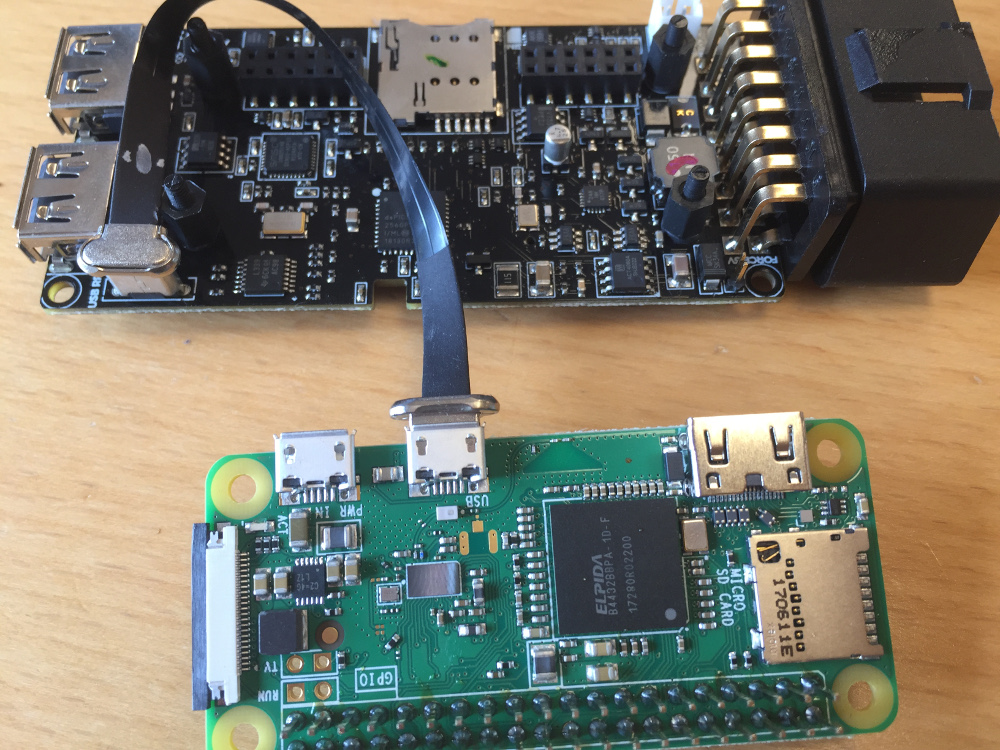
-
Mount the Raspberry Pi on the AutoPi. Use the screws that came with your AutoPi, to fasten the Raspberry Pi:
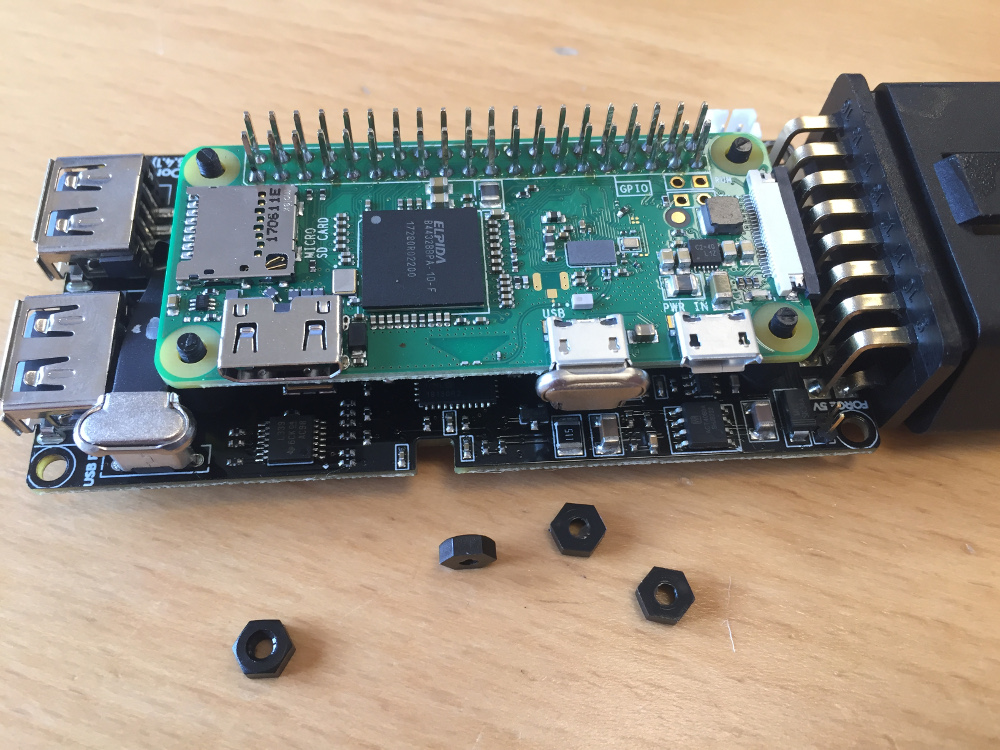
Connecting to the Cloud
Should you want to use the AutoPi Cloud, then you can use this image found here to setup your device:
https://github.com/autopi-io/autopi-core/releases
The image has been optimized for Raspberry Pi Zero.
Etcher can write the compressed image directly to the SD card. We recommend using a Class 10 SD card with minimum 8Gb storage.
Logging in to the Device
The device is initially configured to use the following credentials:
WiFi
SSID: AutoPi-Initial
Password: autopi2018
SSH
User: pi
Password: autopi2018
You should consider changing these to something else once you get up and running.
Getting Access to the Cloud
To get your device on the AutoPi Cloud you need to get an ID for your device, see the below steps.
-
Ensure that the
/etc/salt/minionconfig file has the master specified. Look for the line:master: hub01.autopi.io -
Remember to configure the APN settings.
-
Write to support with your unit_id (Find by logging into the local hotspot, or see file
/etc/salt/minion_id) and ask (support@autopi.io) for it to be approved in the system (the dongle needs to be online at least once before this can be done).
The AutoPi always needs to be powered through the OBD connector to function properly. Powering the board through the micro-USB (or USB-C for RPi 4) power plug on the Raspberry Pi could damage your board. If you need to test the AutoPi in a lab environment, we encourage you to get the OBD power connector from our shop.
Get 4G and GPS Connectivity
If you are looking to use a 4G SIM card or for GPS tracking to be enabled on your device, you will have to purchase your own modem, as one isn't included in the DiY Edition of the AutoPi. The modem that we assemble the rest of our devices with is the Quectel EG25-G mini PCIe modem. This is the modem that we also test all of our devices with and as such is the one, we recommend. However, since the modem is based on the Qualcomm chipset, other modems that are also based on the Qualcomm chipset should work as well.
Once you've purchased your modem, you will need to install it in the modem slot on the back of the
AutoPi board. Once you've done that, you will need to set one of the system settings to enable the
ec2x manager. You can do that by going over to the Device > Advanced Settings > System page and looking
for the Setup > Mpcie > Module setting. There you can select the ec2x option which will install
the driver for the modem.
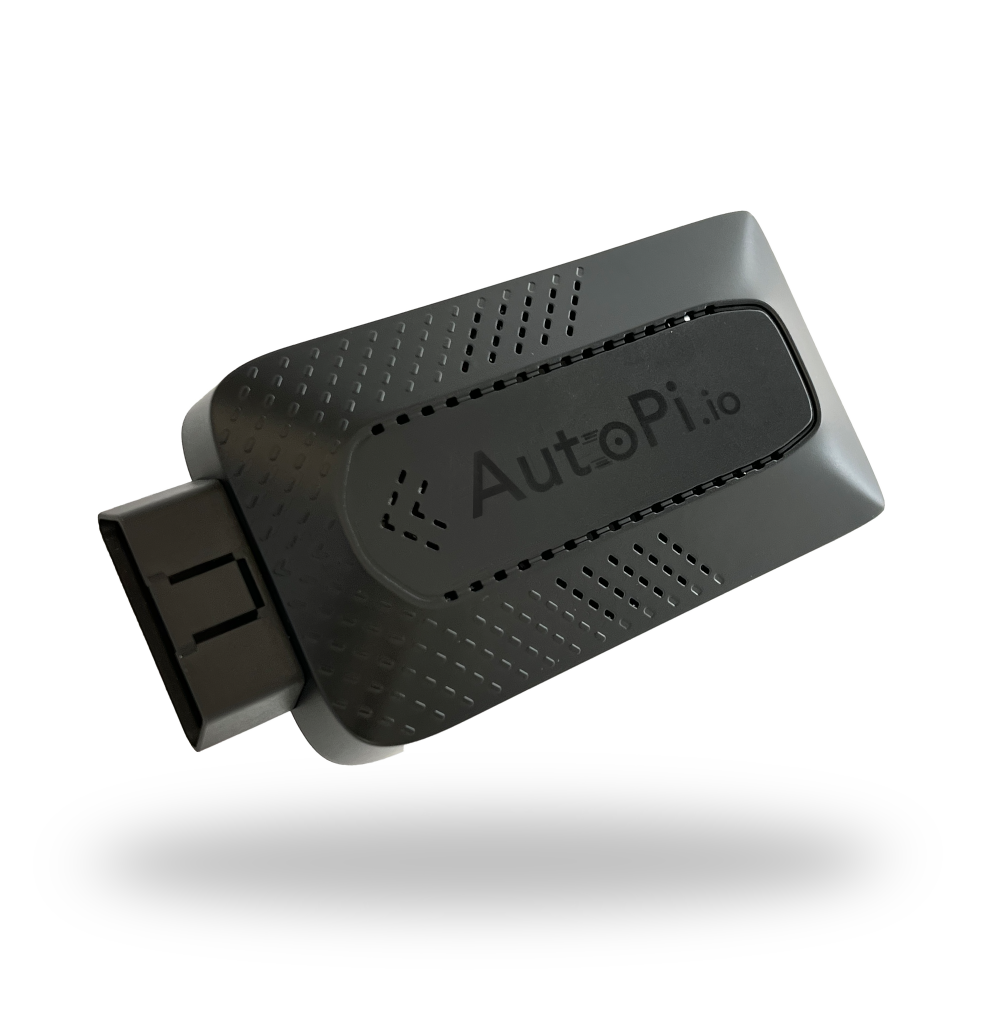 Buy AutoPi device
Buy AutoPi device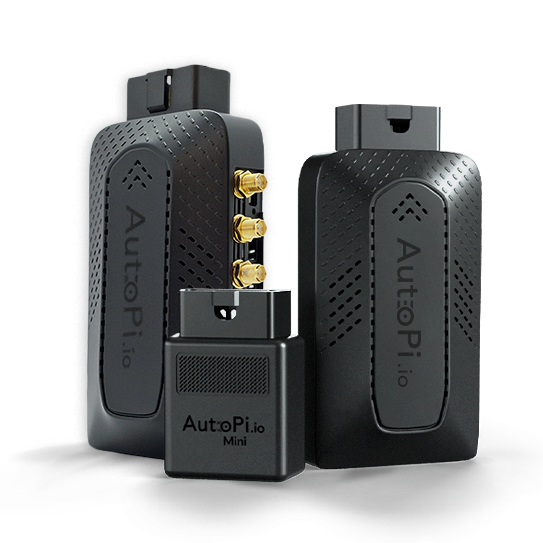 Compare all AutoPi devices
Compare all AutoPi devices